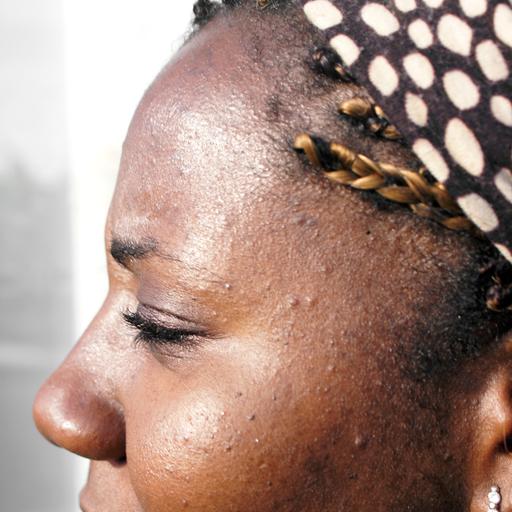What Is Vitiligo? Cause, Frequency, And Treatment For Patients

Vitiligo is a common skin condition where areas of skin tend to lose their color (or depigment) due to the destruction of the pigment-producing cells (melanocytes). Any skin area can become affected, but the most common areas include the face (including the eyes, nose, and mouth), hands, elbows, knees, ankles, and groin, as well as areas of injury or friction. In addition, many skin disorders can lead to pigment changes on the skin. A board-certified dermatologist can help diagnose vitiligo in the office through a physical examination, history taking, and tools such as a Wood’s lamp.
What causes vitiligo to occur?
While the exact cause of vitiligo has been debated, we know that multiple environmental and genetic factors can play a role in the condition. Vitiligo is considered an autoimmune skin disorder, which means the body’s immune system destroys melanocytes. In addition, some people have an increased risk of autoimmune thyroid diseases that can lead to hypothyroidism or hyperthyroidism.
Who does vitiligo affect?
Vitiligo affects all ages, genders, and ethnicities. Because the condition creates areas of deep pigmentation, this can appear more prominent on those with darker skin and can be challenging to identify in those with lighter skin. Some forms of vitiligo are more common in African descent. While the condition may start rapidly in some and it can vary person-to-person.
What are skin care considerations for those with vitiligo?
The importance of sun protection in those with vitiligo cannot be overstated. Using a broad spectrum, SPF 30 or higher sunscreen can limit sunburn risk, especially in depigmented areas that are most vulnerable. Sunscreen also has an additional role in preventing natural skin tanning, which, if it occurs, can make areas of vitiligo more prominent in appearance. Other sun protective behaviors are essential, such as avoiding peak hours of sun exposure, avoiding tanning beds, wearing a broad-brimmed hat, sunglasses, sun protective clothing, and seeking shade.
What are the treatment options for those with vitiligo?
The most crucial step in treatment is obtaining the correct diagnosis with a board-certified dermatologist. With treatment, many patients can experience stabilizing their pigment loss and better quality of life. Once stable, therapies are available to assist in repigmenting the skin; however, results can be variable. Medical therapy using topical anti-inflammatory creams (such as topical steroids and calcineurin inhibitors), light therapy, and oral/injectable medications can help decrease the condition’s impact. Emerging surgical options also exist to treat the condition. In advanced cases, depigmentation may be offered by your physician. Cosmetic camouflage products are available at all stages if those affected desire coverage. It’s essential to understand all the available treatment options and work closely with your physician to choose a treatment plan that is best for you.
- Alikhan A, Felsten LM, Daly M, Petronic-Rosic V. Vitiligo: a comprehensive overview Part I. Introduction, epidemiology, quality of life, diagnosis, differential diagnosis, associations, histopathology, etiology, and work-up. Journal of the American Academy of Dermatology. 2011;65(3):473-91.
- Grimes PE. Vitiligo. In: Taylor S, Kelly AP, Lim H, Serrano AM. Taylor and Kelly’s Dermatology for Skin of Color. 2nd ed. New York, NY: McGraw-Hill Education; 2016.
- Felsten LM, Alikhan A, Petronic-Rosic V. Vitiligo: a comprehensive overview Part II: treatment options and approach to treatment. Journal of the American Academy of Dermatology. 2011;65(3):493-514.


